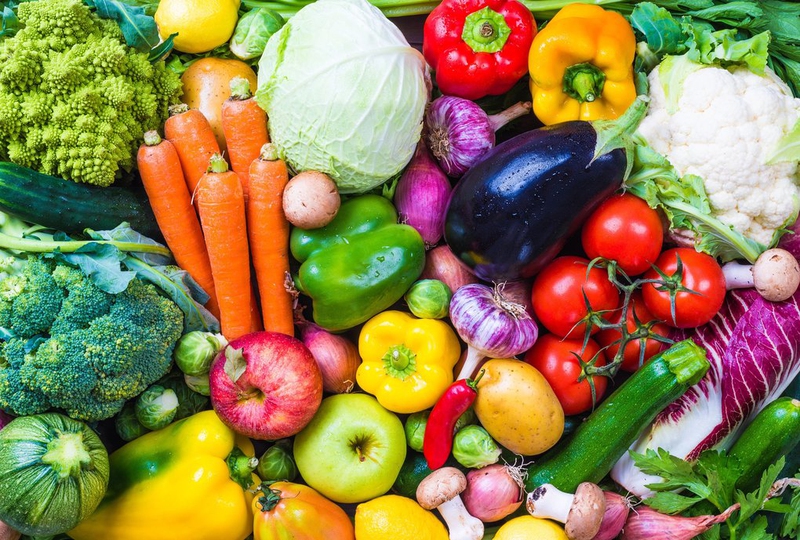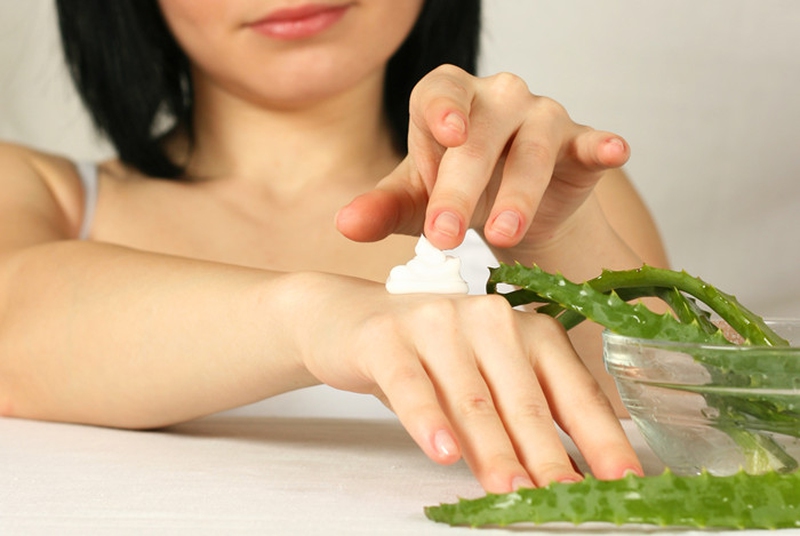Burns are among the most common injuries occurring in a household, especially in children. A burn is characterized by severe damage to the skin that results in the death of the affected skin cells. The burns are divided into three primary types: first degree burn, second degree burn and third degree burn. The division is based on how severe the damage is done to the skin, with first degree having minor damage and third degree having most severe damage to the skin. In a second degree burn the damage to skin includes blister formation and some thickening of the skin.

How to Deal with Second Degree Burn
Rinse the burn
Rinse the burned skin in cool water till the pain due to burn stops. The pain will usually stop in 15-30 minutes. The temperature of the skin is lowered by cool water and prevents the burn from getting serious. You may:
o Put your burned area (arms, fingers, hands, legs, toes or feet) in a cool water basin
o Or apply cool compresses to the burned skin
Do not apply ice water or ice directly on skin as it may cause damage of the tissues.
Take off any rings, jewelry or clothing that could come in the way or that could become too tight if there is swelling of skin.
Clean the burn
Before you attempt to clean your burn, wash your hands. Avoid touching the burn with dirty hands or any other thing may have bacteria as open blisters can be infected easily.
Do not break open the blisters.
Wash the burnt area gently with clean water. With washing, some of the burnt skin may come off. Use a clean gauze or cloth to pat dry the burnt area.
Do not apply butter or sprays on burns as by doing this the heat is trapped inside the burn.
Bandage
If the blisters or burned skin have not popped open, you may not require a bandage. However, if you feel that the blisters or burned skin are likely to get infected or get irritated by clothing, then placing a bandage can help in second degree burn healing.
If the blisters or burned skin have popped open, then you may require a bandage. If a bandage gets stuck to a burn wound, use warm water to soak the bandage and make it easier to remove. Use a nonstick bandage if available. There are many types of bandages available in the market. Ensure that you read the label of the product for correct use.
Put an antibiotic cream or other ointments or creams prescribed by your doctor.
Wrap the bandage loosely on the burned skin to avoid putting too much pressure.
Do not tape a bandage in such a way that it circles an arm, hand or leg as this can result in swelling of the affected area.
Important notes to bear in mind
Many types of nonprescription burn dressings are available in the market. Ensure that you read and follow the instructions mentioned on the package.
If the burn is on an arm or a leg, raise the limb as much as possible for the initial 24 to 48 hours so as to reduce swelling. Make normal movement of a burned arm or leg to avoid too tight healing of the burned skin as this can limit movement.
For swelling and pain, take any over-the-counter painkiller such as acetaminophen or ibuprofen. Make sure you are up to date on your tetanus vaccine. The dressing should be changed daily.
How Long Will It Take for the Second-degree Burn to Heal?
Second-degree burn healing usually needs within 2-3 weeks without requiring further treatment. In some cases it may take more than 3 weeks due to the size of the burned area. Also there may be itching as the burn heals. Do not scratch or itch the burn, as it may cause infection. Contact your physician if you notice any signs of an infection including: fever, pus or drainage from the burned area, increased pain, swelling of the lymph nodes, and spreading of red streaks from the burn.
Home Remedies to Promote the Healing of a second degree burn
Ensure enough nutrients
Eat a diet high in calorie and rich in proteins to accelerate the healing of burn wounds. The foods that you can include in your diet are meat, beans, peanut, fish, butter and eggs.
Stay hydrated by drinking adequate quantities of water as your body needs water to fight infection and replenish tissues. You should drink at least 6 glasses of water each day.
Take antioxidants such as vitamin C and vitamin E as they enhance re-growth of skin so that your burns heal faster. A dosage of 1,000 mg of vitamin C 2 times a day and 400 IU of vitamin E once daily is suggested.
Honey
Honey has antibacterial and anti-inflammatory properties. According to some studies it has been found that when honey is spread on a burn wound, it helps sterilize and heal the burned area, while also decreasing pain at the same time. It also reduces the possibility of scar formation after a burn. Honey has been found to heal the burns faster than gauze and usual antibiotic creams.
Aloe vera
Aloe gel can be used for second degree burns as its application relieves swelling, pain and helps to speed up the healing process. Aloe, also being a good moisturizer, helps in soothing the dry skin resulting from burns.
Vinegar: Vinegar has antibacterial properties and is also an astringent. It helps in reducing pain and in tightening the skin. To use, dilute vinegar with equal quantity of water, soak a clean cloth in the solution and rinse over the burn a few times.
Lavender oil: It has antibacterial properties and has the ability to reduce pain and minimize scarring from burns.


View All Comments /Add Comment